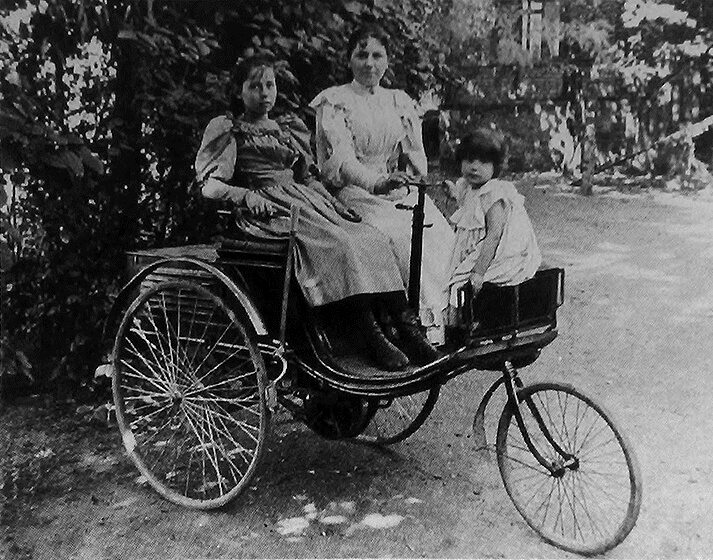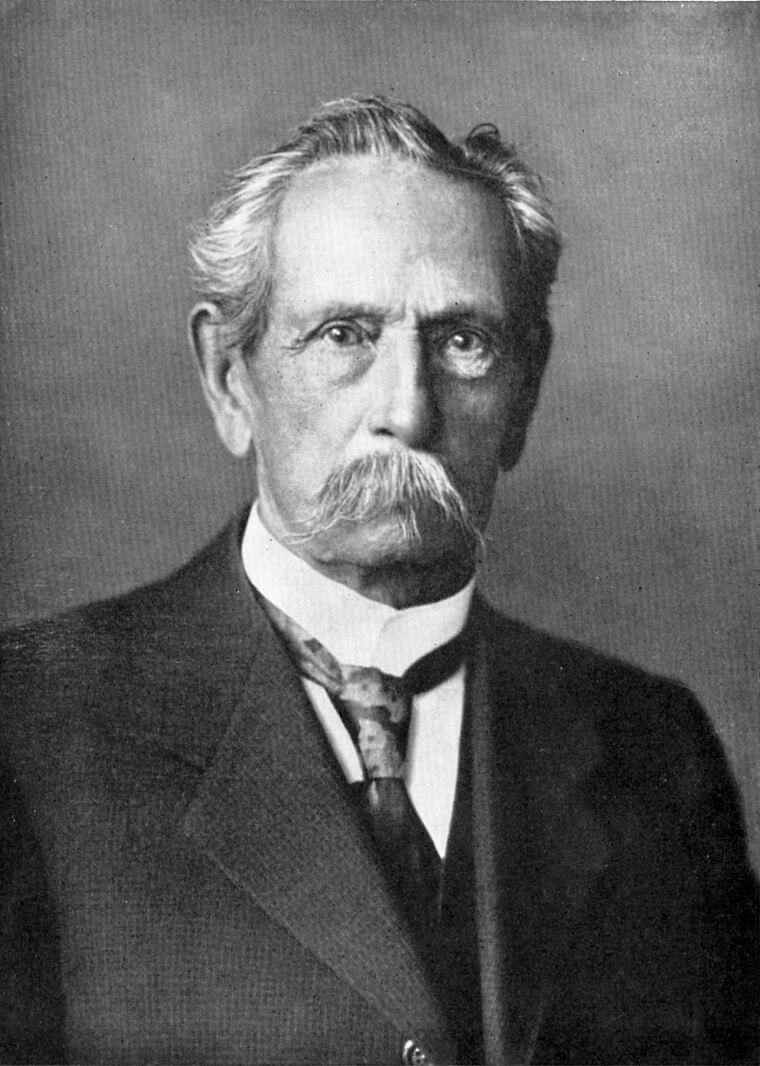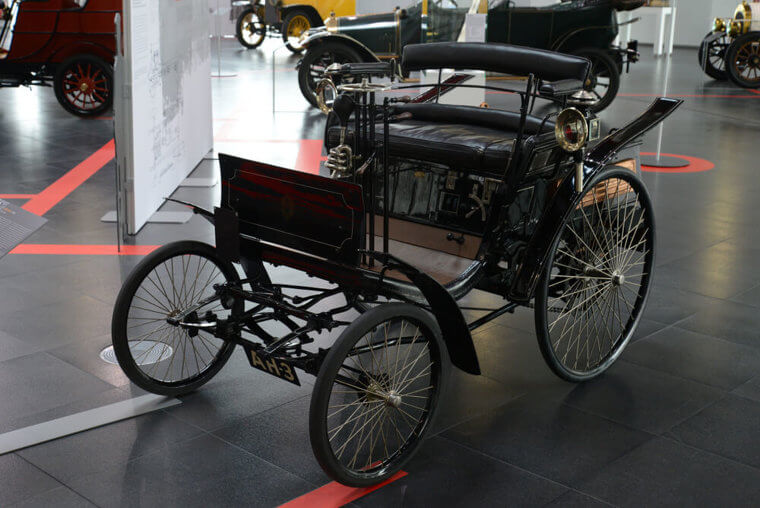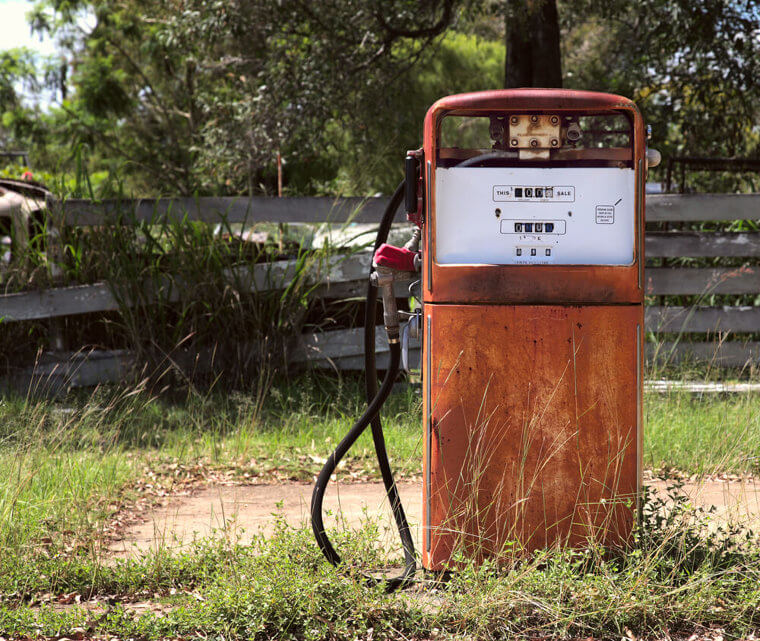The First Ever Car
The Benz Patent-Motorwagen, built in 1885 by Karl Benz, is widely regarded as the first true automobile. This three-wheeled, gas-powered vehicle revolutionized transportation and laid the foundation for the modern car industry. With its single-cylinder engine and innovative design, the Motorwagen changed how people traveled, shaping the future of mobility. Its story offers a fascinating look at the origins of the cars we drive today.
Karl Benz
Karl Friedrich Benz was born on 25 November 1844 in Mühlburg, Germany. Interestingly, Benz's father was a locomotive driver, although he sadly passed away when Karl was just two years old, so he was raised alone by his mother, Josephine. Despite growing up in near poverty, Benz excelled at school and went on to graduate from the University of Karlsruhe in mechanical engineering. From early on in his professional life, Karl Benz showed off his prodigious talent with numerous inventions and, in 1883, co-founded a new company producing industrial machines that would eventually become the birthplace of the Motorwagen.
The Motorwagen's Beginnings
On July 20, 1872, Benz married Bertha Ringer, also an automotive pioneer and engineer. Bertha would become an integral part of the Benz success story, investing in her soon-to-be husband's business before becoming his long-term business partner. After selling their Iron Foundry and Mechanical Workshop in Mannheim, Karl and Bertha founded a new company that produced industrial machines: Benz & Companie Rheinische Gasmotoren-Fabrik, better known as Benz & Cie. It was here that Benz indulged in his long-held passion of designing a horseless carriage and, coupled with the company's static gas engines, the Benz Patent Motorwagen was born.
When Was The Motorwagen Built?
Karl Benz finished the first version of his Motorwagen in 1885, and, crucially, had it patented on 29 January 1885 as 'motorcar fuelled by gas'. The first car ever made continued to be released in different iterations over the next few years, with the Model 3 making its debut at the 1889 World's Fair in Paris. In 1894, Benz released the Benz Velo, which had 4 wheels and is considered the world's first large-scale production motorcar.
The Production Process
Karl Benz had actually working on the Motorwagen in parts since the 1870s, finally witnessing its release in the middle of the following decade. Unsurprisingly, given that this was the first car ever produced, production was incredibly slow - certainly by modern standards, at least. Between 1886 and 1893 Benz completed 25 Motorwagens, meaning a production rate of approximately one automobile every 3 months. This slow output was rectified, however, upon the release of the follow-up Benz Velo in 1894, of which 1,200 were eventually produced.
Design Of The Motorwagen
The Benz Patent Motorwagen was an innovative design masterpiece. A three-wheeled automobile with a rear-mounted engine, it was primarily constructed of steel tubing with woodwork panels. The steel-spoked wheels and rubber tires were designed by Benz himself, and steering was controlled by a toothed rack that pivoted the front wheel. A belt system provided a single-speed transmission and elliptic springs were used at the back with a chain drive and beam axle on both sides of the vehicle.
Fuelling The Motorwagen
Karn Benz may have patented his Motorwagen, but in 1886 there was virtually no access to combustible fuel in Mannheim. Having to think on their feet, the team at Benz & Cie instinctively turned to the crude base washing gasoline that was typically available in pharmacies, making pharmacies the unlikely first-ever gas station! It's worth noting that the very first Motorwagen didn't feature a fuel tank, but was introduced on Models 2 and 3.
How Much Did It Cost?
Somewhat surprisingly, the price tag for the Motorwagen was incredibly affordable. Given how sophisticated and time-consuming the automobile was, a price of 600 German Goldmark's was a real bargain - this was the equivalent of $150 in 1886 or $4,500 in 2021. To give some context, the lowest ever price of the Ford Model T, generally regarded as the first affordable automobile, was $260 in 1925 during the boom of the assembly process, which is the equivalent of just under $4,000 in today's money.
Success Of The Motorwagen
By all standards, the Benz Patent Motorwagen was a roaring success and it led to the expansion of Benz & Cie. Karl and Bertha's business grew exponentially, boasting 430 employees by the end of the 19th Century, making it the largest automaker in the world. Production was on an upward trajectory, Benz & Cie producing an impressive 572 units in 1899 alone. The Motorwagen paved the way for successful follow-ups, including the four-wheeled Benz Velo and the Hildebrand-Wolfmuller motorcycle. The rest, as the saying goes, is history.









